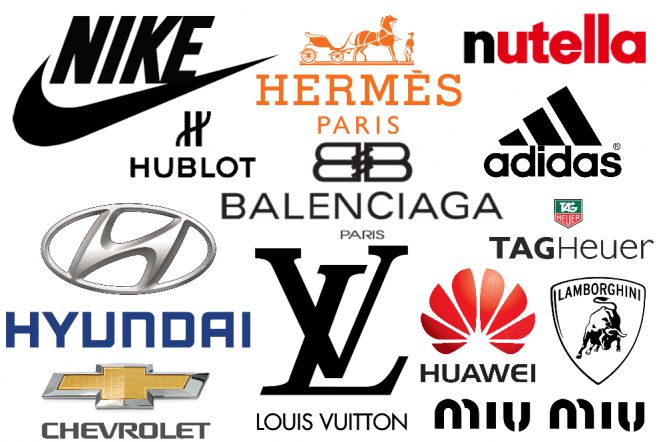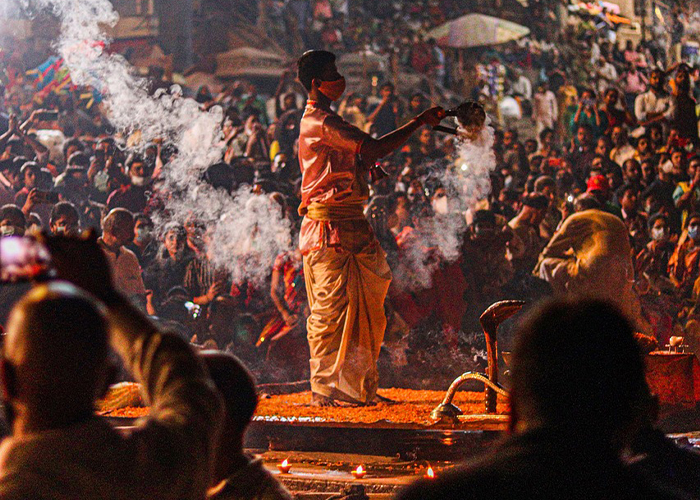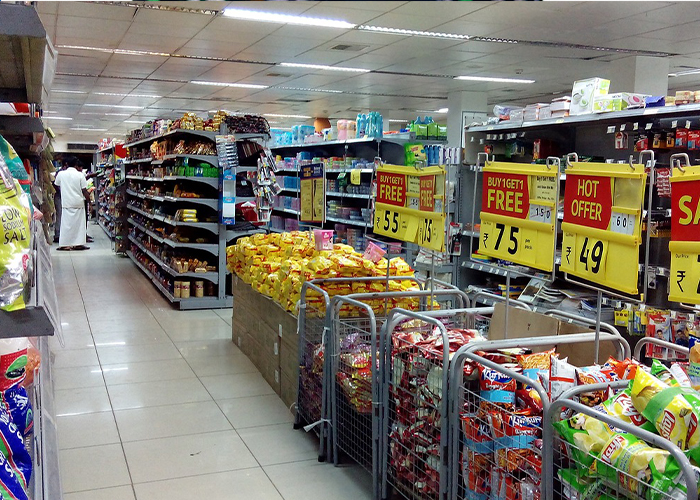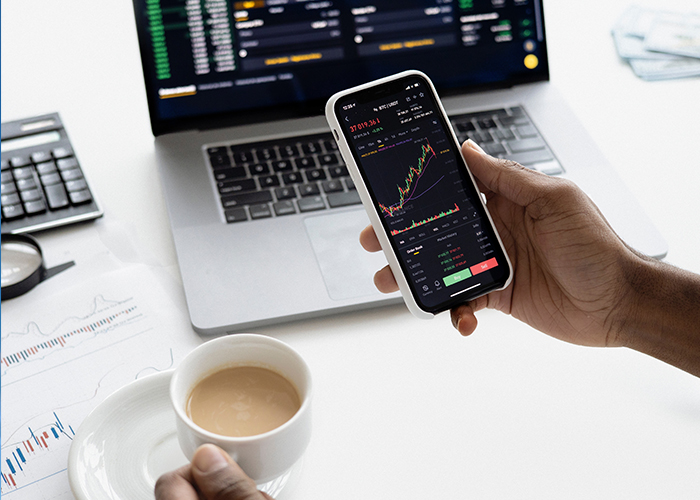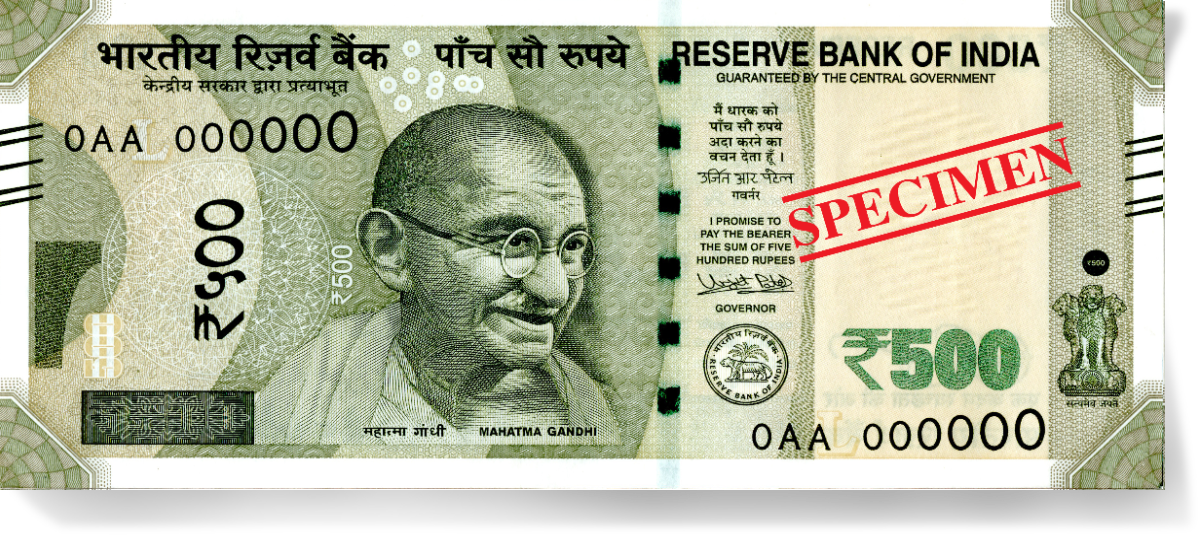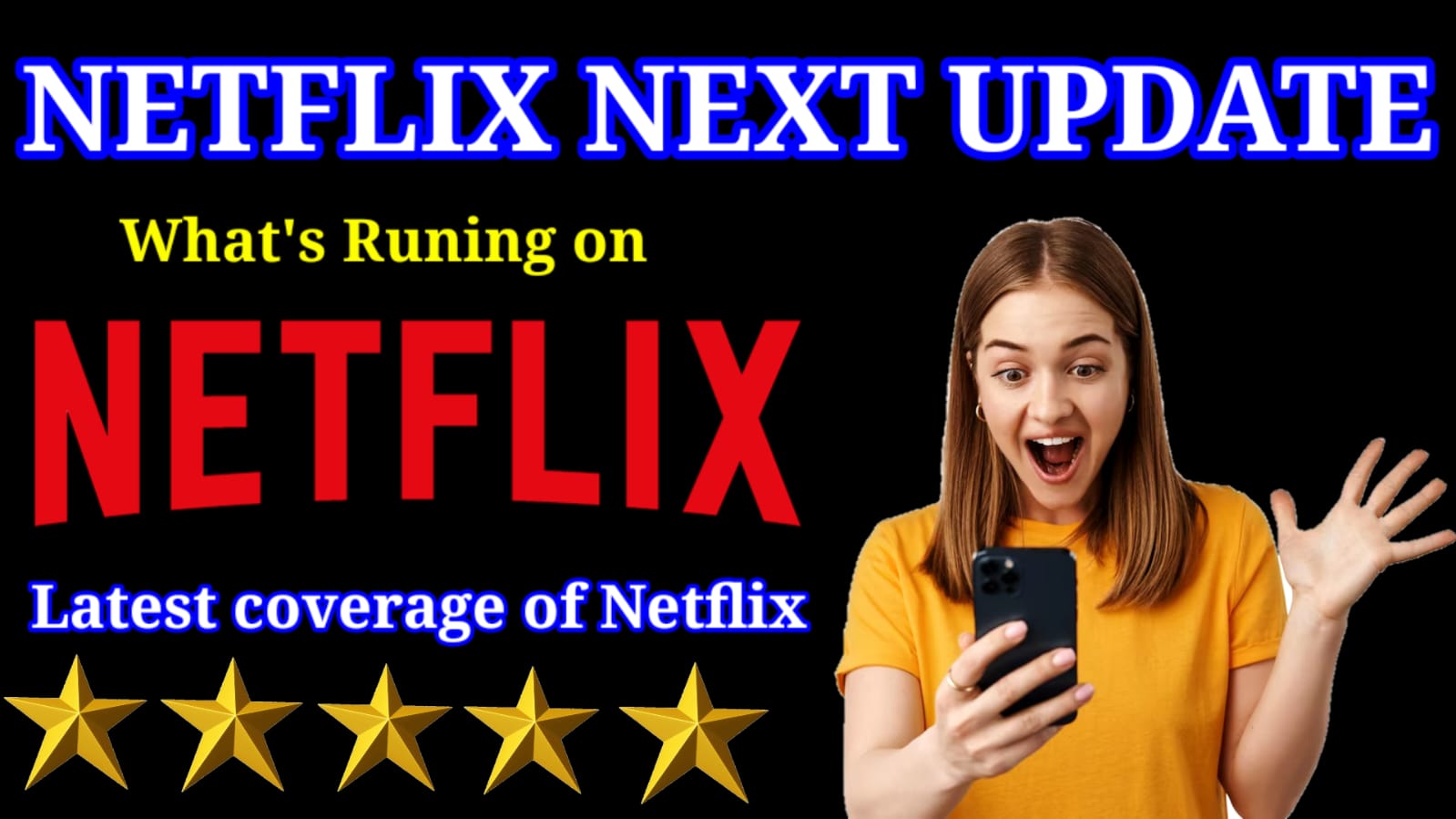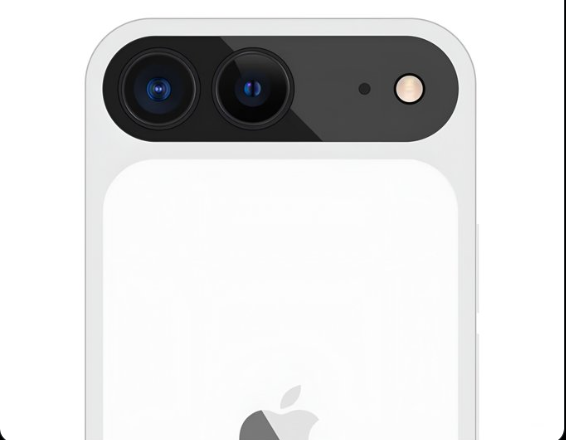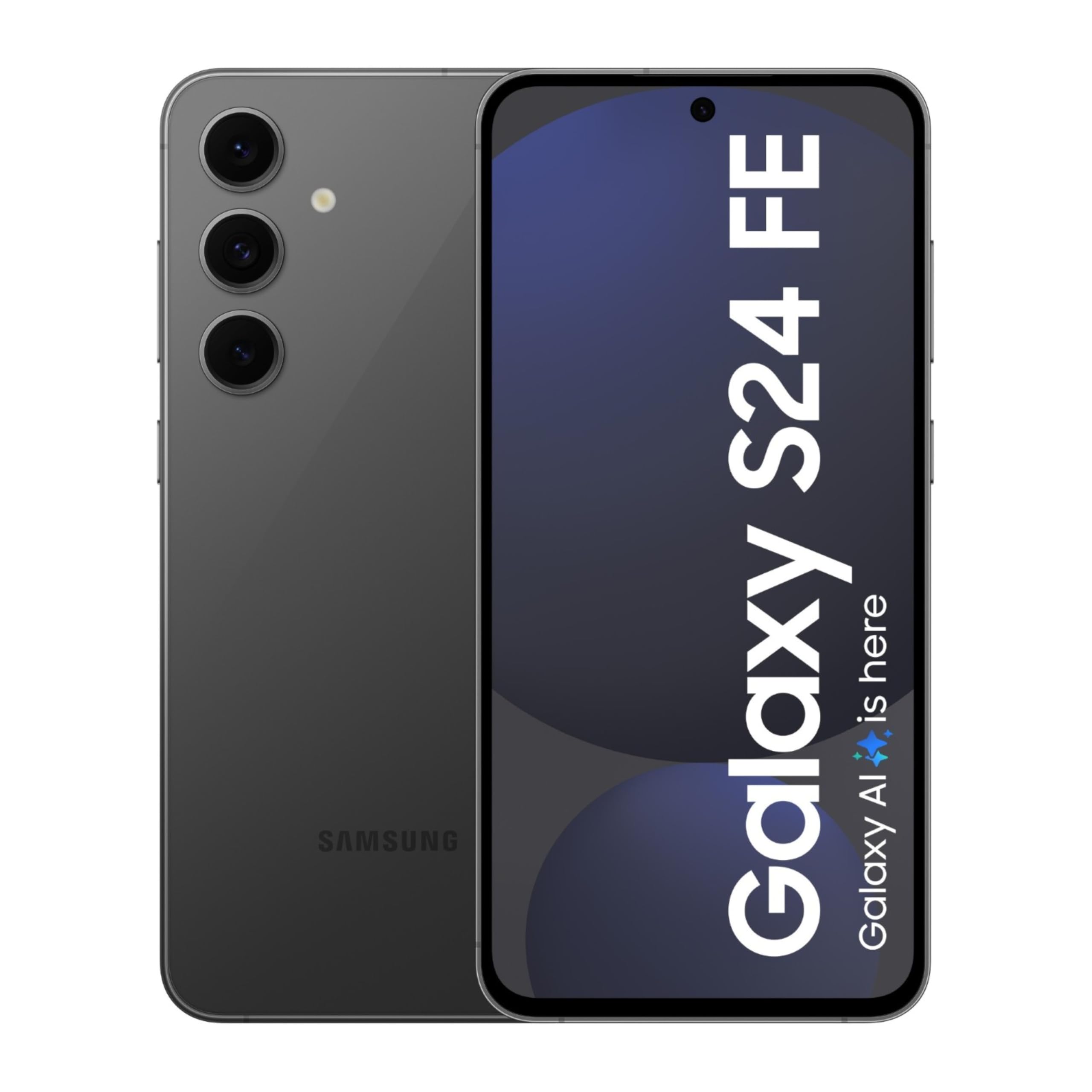Trends In Luxury Goods Market Is Changing: How Brands Can Stay Ahead
The Luxury Goods Market in 2023: Trends and Opportunities
The luxury goods market is expected to remain strong in 2023, driven by demand from emerging markets and wealthy millennials. Luxury brands that are able to respond to the key trends, such as the growth in e-commerce and the demand for sustainable luxury goods, will be well-positioned for success.
Key trends that are shaping the luxury goods market in 2023:
1. Growth in emerging markets
The luxury goods market in emerging markets is growing rapidly, as more and more consumers in these regions are gaining access to disposable income. According to a report by Bain & Company, the luxury goods market in China is expected to grow at a CAGR of 10% between 2022 and 2025. Other emerging markets such as India, Southeast Asia, and Latin America are also expected to see strong growth in the luxury goods market.
Luxury brands are responding to this growth by expanding their presence in emerging markets. For example, LVMH Moët Hennessy Louis Vuitton, the world's largest luxury goods group, plans to open 250 new stores in China over the next five years. Kering, another major luxury goods group, is also expanding its presence in China and other emerging markets.
2. Rise of the millennial luxury consumer
Millennials are the largest generation in history, and they are also one of the fastest-growing segments of the luxury goods market. Millennials are looking for luxury goods that are unique, experiential, and sustainable. They are also more likely to shop for luxury goods online than previous generations.
Luxury brands are responding to the rise of the millennial luxury consumer by developing new products and services that appeal to this demographic. For example, Gucci has launched a number of initiatives to attract millennial consumers, such as its collaboration with the streetwear brand Supreme and its "Gucci Garden" pop-up shops. Louis Vuitton has also launched a number of new products that are popular among millennials, such as its "Tambour Horizon" smartwatch and its "Artycapucines" collection of handbags.
3. Demand for sustainable luxury goods
Consumers are increasingly demanding sustainable luxury goods. This is driving growth in categories such as sustainable fashion, eco-friendly jewelry, and ethically sourced watches.
Luxury brands are responding to this demand by focusing on sustainability. For example, Kering has committed to reducing its environmental impact by 40% by 2025. LVMH Moët Hennessy Louis Vuitton has also set a number of sustainability goals, such as using 100% renewable energy in its operations by 2030.
4. Growth of online luxury shopping
Online luxury shopping is growing rapidly, as more and more consumers are shopping for luxury goods online. This is due to the convenience, the selection, and the competitive prices that online retailers offer.
Luxury brands are investing in e-commerce platforms to meet the growing demand for online luxury shopping. For example, LVMH Moët Hennessy Louis Vuitton has launched a number of new e-commerce platforms, such as 24S.com and DFS.com. Kering has also invested in e-commerce platforms, such as YOOX NET-A-PORTER.
5. Increasing personalization
Consumers are increasingly demanding personalized luxury goods. This is driving growth in categories such as custom-made clothing, personalized jewelry, and bespoke perfumes.
Luxury brands are offering personalized shopping experiences to meet the growing demand for personalization. For example, Burberry has launched a number of personalized shopping services, such as its "Made to Order" program and its "My Burberry" fragrance customization service. Givenchy has also launched a number of personalized shopping services, such as its "Made in Paris" program and its "Givenchy Beauty Atelier" makeup customization service.
Luxury brands are responding to these trends by:
- Expanding their presence in emerging markets
- Developing new products and services that appeal to millennial consumers
- Focusing on sustainability
- Investing in e-commerce platforms
- Offering personalized shopping experiences
Luxury brands are also increasingly collaborating with other brands, such as streetwear brands and artists, to create new and innovative products. This is helping to attract new customers and keep existing customers engaged.
Overall, the luxury goods market is expected to remain strong in 2023. Luxury brands that are able to respond to the key trends, such as the growth in emerging markets and the rise of the millennial luxury consumer, will be well-positioned for success.
End of Conclusion
The luxury goods market is expected to remain strong in 2023, driven by demand from emerging markets and wealthy millennials. Luxury brands that are able to respond to the key trends, such as the growth in e-commerce and the demand for sustainable luxury goods, will be well-positioned for success.
Additional tips for luxury brands on how to succeed in 2023:
- Focus on creating unique and experiential products and services that appeal to millennial consumers.
- Invest in e-commerce platforms to meet the growing demand for online luxury shopping.
- Offer personalized shopping experiences to meet the growing demand for personalization.
- Focus on sustainability and reduce your environmental impact.
- Expand your presence in emerging markets to capitalize on the growing demand for luxury goods in these regions.
By following these tips, luxury brands can position themselves for success in the growing and evolving luxury goods market.
Writer
Devraj Gorai

